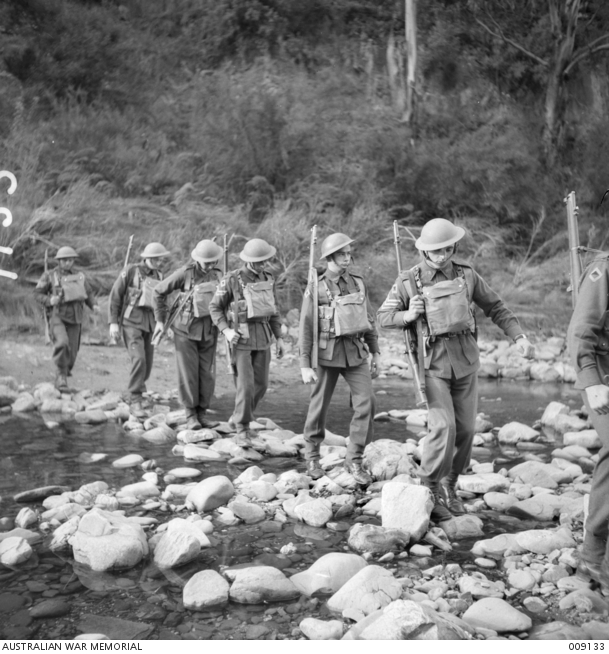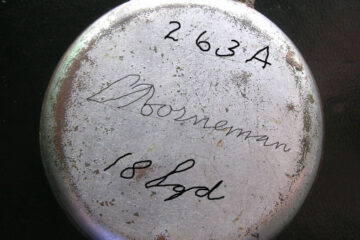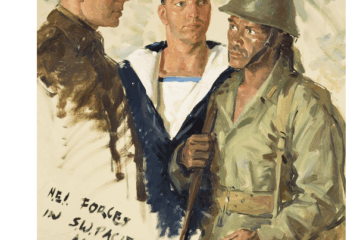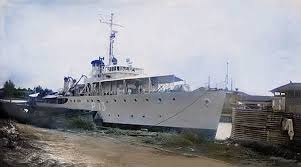In the wake of the Japanese occupation of the Netherlands East Indies (NEI) in early 1942, Australia became a crucial sanctuary and staging ground for Dutch military forces regrouping in exile. Among the lesser-known but strategically important locations was Darley Camp, situated in Bacchus Marsh, Victoria, just west of Melbourne. There, Dutch soldiers trained, reorganised, and prepared for a future return to Southeast Asia—either in support of Allied operations or in anticipation of postwar reoccupation.
A temporary military home for displaced Dutch forces

Darley Camp had originally been established in the 1930s as an Australian Army training facility. By mid-1942, with growing numbers of Dutch evacuees arriving in Melbourne, the camp was made available to the Netherlands East Indies Army (KNIL) by the Australian military authorities. It became one of the key centres for hosting, rehabilitating, and training Dutch troops who had escaped from Java, Sumatra, Timor, and surrounding regions.
These included not only Dutch-born personnel but also Indo-European officers and enlisted men. Some had been evacuated by sea on KPM merchant ships; others had made hazardous escapes by air or smaller vessels. At Darley Camp, they received equipment, medical care, basic supplies, and updated training aligned with Allied operations.
Functions and personnel
Darley Camp served several functions:
- A reception and transit facility for KNIL personnel evacuated from Southeast Asia
- A training site for Dutch troops, including drilling, tactics, and language familiarisation
- A depot for clothing, medical inspection, and administrative reorganisation
- A point of reassignment for personnel to units across Queensland and New South Wales, including those attached to Allied operations
While the exact number of troops passing through Darley Camp is unclear, Jack Ford’s Allies in a Bind confirms that it played a central role in early Dutch reorganisation in Australia. Its location close to Melbourne meant it was logistically ideal for coordinating with the newly formed Netherlands East Indies Commission and the Netherlands Purchasing Mission, both based in the city.
Civil–military interaction
Darley Camp also hosted civil servants, engineers, and radio operators who had been drafted into service or were assisting Dutch military communications. Though officially under military command, the camp became a hub of civilian–military coordination as Dutch administration and logistics reformed on Australian soil.
It also reflected the broader reality of wartime exile: a foreign military community operating inside a host country’s infrastructure. While cultural and bureaucratic differences created occasional friction, cooperation between the Dutch and Australians at Darley Camp was generally effective. Dutch personnel wore their own uniforms and operated under their national flag, but adhered to Australian base regulations and military protocols.
Legacy and commemoration
Today, little remains of Darley Camp’s wartime infrastructure, though its site is marked by memorials and historical plaques. For the Dutch community and descendants of NEI veterans, it remains a symbol of resilience and adaptation during a time of geopolitical upheaval. It also underscores Australia’s role in providing refuge and resources for a key Allied partner displaced by war.
The experience of Darley Camp was mirrored in other sites around Australia—at Wacol, Casino, and Camp Columbia—where Dutch civilians, soldiers, and administrators regrouped. Together, they represent a transnational story of wartime survival, partnership, and reconstruction.
Related articles
- A Dutch military and civil inventory in Australia – March 1942 snapshot
- The NEI Commission in exile: rebuilding governance from Brisbane and Melbourne
- The Dutch purchasing mission and wartime supply issues in Australia
- Camp Columbia: Allied command, Dutch refuge, and postwar legacy
- From indifference to diplomacy: how the war transformed Dutch–Australian foreign relations
Sources
Jack Ford, Allies in a Bind: Australia and the Netherlands East Indies in the Second World War, CQU Press, 2001
Local historical records, Bacchus Marsh and Melton Shire archives


